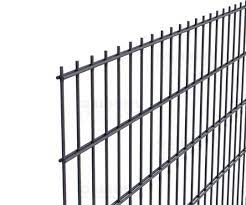Achieving a balance between system development and enviromentally friendly defense necessitates ideal techniques that accept and street address the difficulties built into fences (ploty). Listed here are insights into powerful approaches for moving this confluence:
Adapt to adaptive preparation methodologies: Traditional linear preparation approaches frequently forget about environmental dynamics. Embracing adaptive preparing methods, including adaptive administration or situation preparing, allows overall flexibility to respond to transforming environment situations although helpful facilities needs.
Put in priority ecosystem-structured techniques: Spotting the interconnectedness of ecosystems and structure techniques is vital. Applying ecosystem-based methods, for example environmentally friendly corridors or biodiversity offsets, ensures that structure tasks are designed with environment preservation at heart, promoting long term sustainability.
Market circular economy rules: Shifting towards a spherical economic system model, where by resources are reused, recycled, and regenerated, lessens waste and environment deterioration linked to structure growth. Taking on principles such as fabric effectiveness and merchandise longevity lowers source of information intake while fostering financial growth.
Inspire neighborhood communities: Interesting community neighborhoods in selection-producing functions empowers them to sound concerns and bring about environmentally friendly alternatives. Community-pushed campaigns, such as participatory organizing or community-structured monitoring, foster possession of system assignments and market environment stewardship.
To summarize, by adopting adaptive preparing, prioritizing ecosystem-dependent methods, endorsing rounded economic climate rules, and empowering community neighborhoods, we can understand the complex interplay between facilities development and environment protection, cultivating a more eco friendly future for many years to come.


